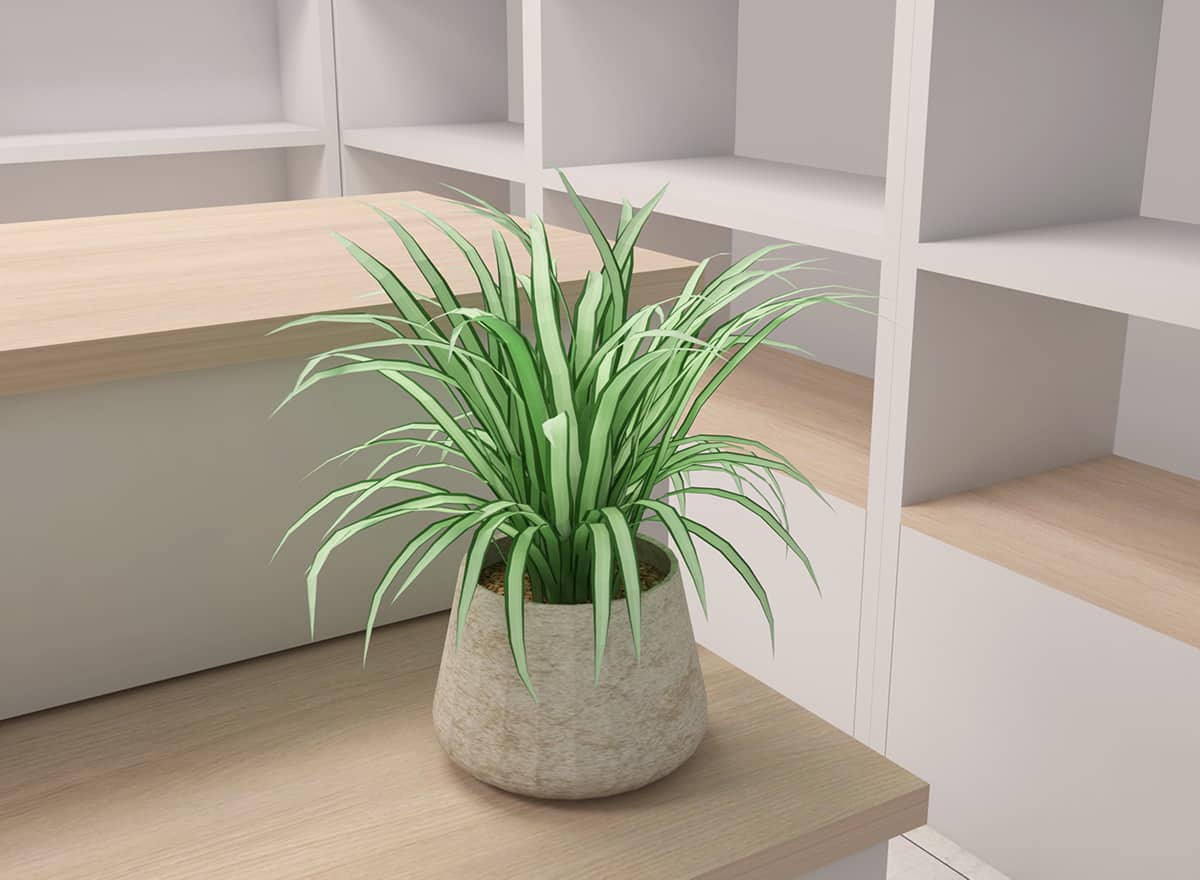Most houseplants need to be potted every few years, and some fast-growing plants will even benefit from a larger pot on an annual basis. But when you notice that your plant is starting to fit very snuggly in its pot, don’t rush to re-pot it.
Some plants actually prefer to be rootbound, and they will perform better in these conditions. In some cases, you can actually cause the plant damage by repotting it unnecessarily.
Here we explore the most common plants that prefer to be rootbound and explain why different types of plants can thrive in these circumstances.
Table of Contents
What Does ‘Rootbound’ Mean?
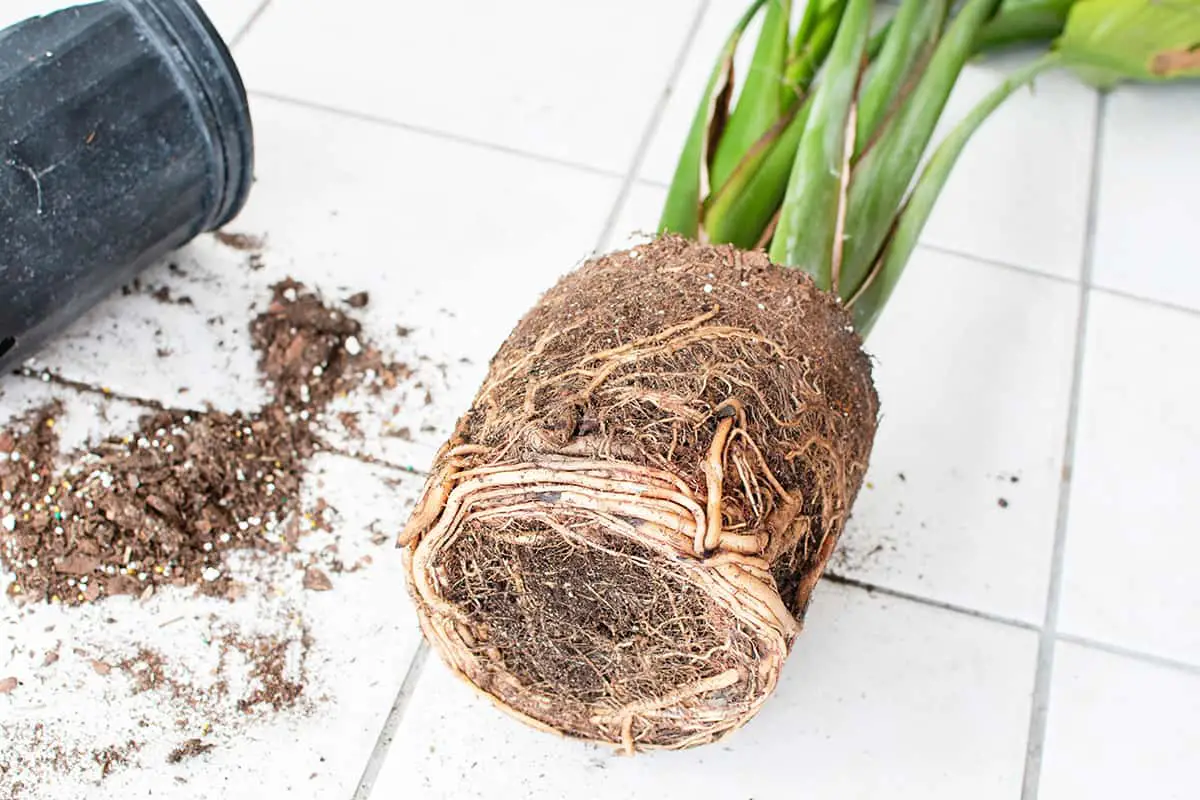
‘Rootbound’ is a condition that is also sometimes known as ‘pot-bound’. It refers to the way a plant’s roots become so tightly packed inside a pot that they no longer have space to grow. In most cases, a plant being rootbound means that it needs to be urgently repotted.
When a plant is rootbound, it can struggle to absorb the moisture and nutrients it needs, and it can also suffer from stunted growth because the upper parts of a plant mimic the growth of the roots. The term ‘rootbound’ is typically a negative condition because it is associated with the demise of a plant.
However, some plants actually prefer to be root bound. Different types of plants grow at different rates, with different types of root systems. Plants that exhibit vigorous growth can become rootbound very quickly, and they may benefit from being re-potted on an annual basis. Slow-growing plants may take many years to become rootbound, so it’s important to watch out for the signs of this condition in order to take appropriate action.
How to Spot a Rootbound Plant
It’s usually quite easy to recognize when a plant has become rootbound. The most obvious sign is when the roots of a plant start to escape out of the drainage holes in the bottom of the pot. They do this because they are seeking out more space, which they’ve been unable to find within the pot.
However, this alone is not always a sure sign that a plant is rootbound. Some plants, such as the Chinese Money Plant (Pilea peperomiodes), have somewhat aggressive roots that like to explore every possible direction. In this instance, roots that are growing out from the drainage holes are not necessarily a sign that a plant is rootbound.
To double-check the conditions of a plant’s root system without removing it from its current pot, you can simply squeeze the plastic pot with your hand. A plant that still has space for its roots to grow will have some give when you squeeze it, because your hand is effectively compressing the soil with pressure.
By comparison, a rootbound plant will have no give and feel very firm when you try to squeeze it. This is a very strong indication that a plant is rootbound. For final proof that a plant is rootbound, you can lift it from its pot and visually inspect the root system, but this is not usually necessary, and it can cause harm to the plant if you don’t need to re-pot the plant.
Why Do Some Plants Like Being Rootbound?
Some plants enjoy being rootbound for a variety of reasons. For plants with delicate root systems, such as African Violets and Boston Ferns, the act of repotting can be quite traumatic. While these plants don’t necessarily love being rootbound, remaining rootbound is preferable to being repotted, which can disrupt the roots to the point that the plant does not survive.
For other plants, like Spider Plants and Aloe’s, the cramped root space is what causes the plants to send out new offshoots. If you continually re-pot a Spider Plant or Aloe just as it is becoming rootbound, then it is likely the plants will never produce babies. There are also a number of plants that need to be rootbound in order to flower.
This includes plants such as the Christmas Cactus and the Peace Lily, which need to be under strain or stress to cause them to bloom. Being rootbound provides just the right level of stress for these plants, enabling them to produce flowers.
Which Plants Should Not be Re-Potted?
Plants that should not be re-potted are those which perform best in rootbound conditions. These include:
Jade Plant
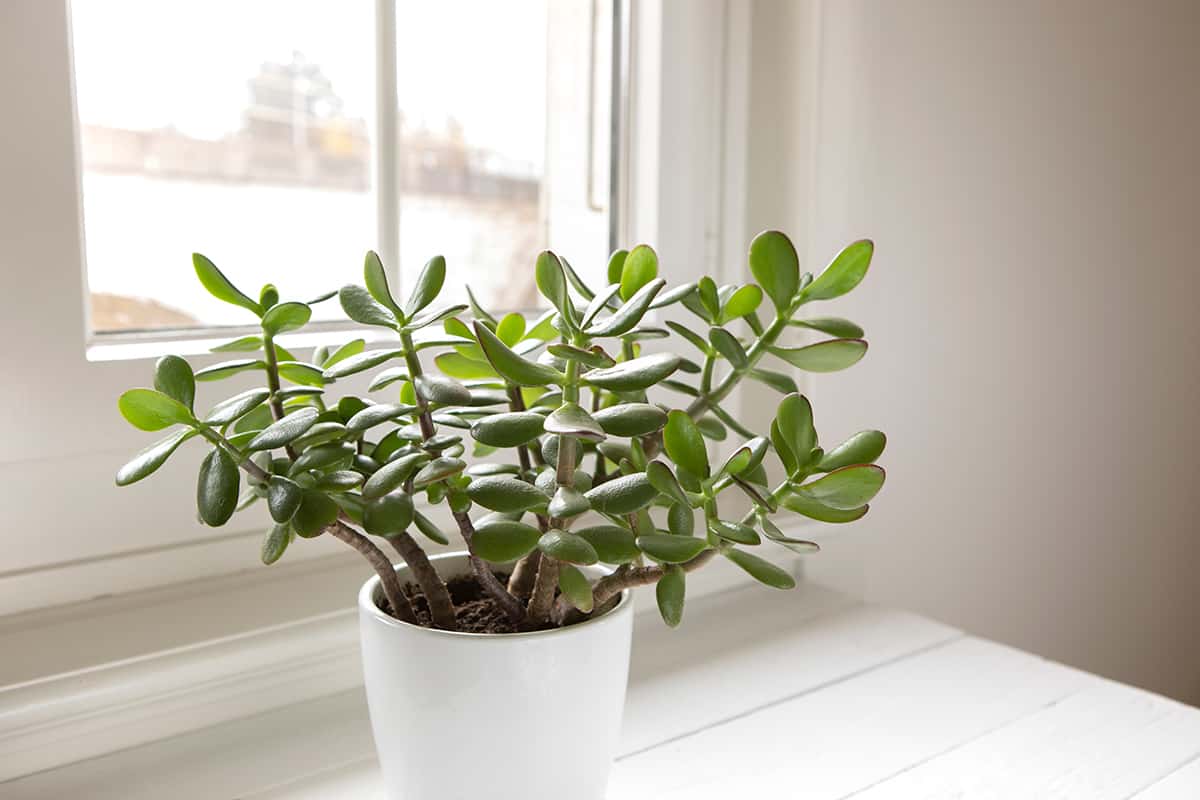
- Botanical name: Crassula ovata
- Common names: Jade Plant, Money Plant, Lucky Plant, Money Tree
- Plant family: Crassulaceae
- USDA hardiness zone: 10 – 12
- Mature height: 10 feet
- Mature spread: 6 feet
Jade plants are fleshy-leafed, attractive succulents that are native to South Africa. These plants prefer to be kept in small pots with a rootbound root system because they can become stressed out from being re-potted.
Keeping Jade Plants in smaller pots will also help to ensure they maintain a tight growth habit, as they can become leggy if the roots have too much space to spread. You can expect to need to re-pot a Jade plant every five years.
Snake Plant
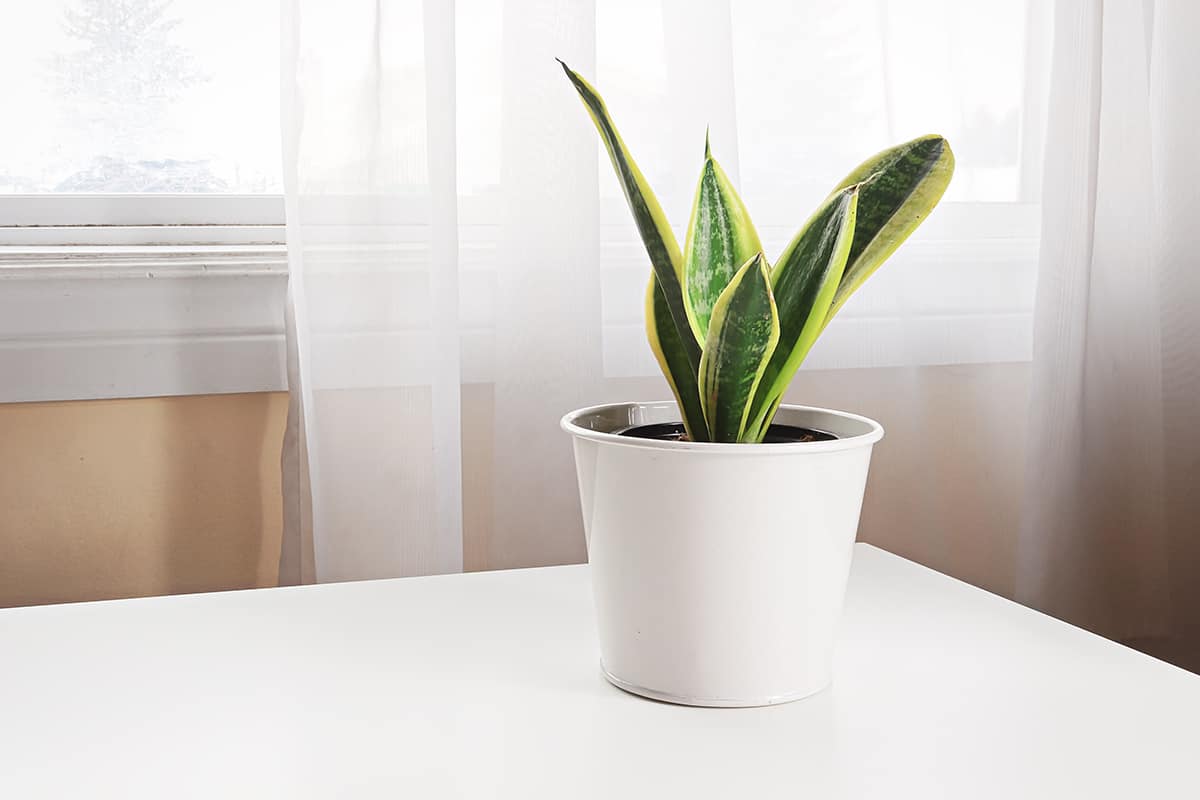
- Botanical name: Dracaena trifasciata (formerly Sansevieria trifasciata)
- Common names: Snake Plant, Mother-in-Laws Tongue, St George’s Sword, Viper’s Bowstring Hemp
- Plant family: Asparagaceae
- USDA hardiness zone: 9 – 11
- Mature height: 6 feet
- Mature spread: 4 feet
Snake plants are popular houseplants that add an architectural look to a room. There is some controversy over whether or not Snake plants like to be rootbound, but the general consensus is that they prefer to have tightly packed roots that border on rootbound. Snake plants can be negatively affected by being repotted due to the trauma caused to the roots during this process.
Snake plants also don’t fare well in pots where they have too much space because they become overwhelmed by the moisture and nutrients available in the soil. They will perform best when neglected, and this includes avoiding repotting them. When a Snake plant reaches the point that it no longer has any room for its roots to spread, then it can be re-potted. You can expect this to happen every four to five years.
Boston Fern

- Botanical name: Nephrolepis exaltata
- Common names: Boston Fern, Sword Fern
- Plant family: Nephrolepidaceae
- USDA hardiness zone: 9 – 11
- Mature height: 5 feet
- Mature spread: 4 feet
Boston Ferns thrive in low light and damp soil in hot and humid conditions. They make excellent houseplants, especially in rooms of the home where moisture in the air is generally higher, such as bathrooms and kitchens. Boston Ferns do not benefit from being regularly re-potted, and they actually do best in rootbound conditions.
Re-potting the fern can slow its growth considerably since the movement from one pot to another can cause serious damage to the roots. In some cases, Boston Fern plants do not survive being re-potted because they become so traumatized from the move. It is best to allow a Boston Fern to remain rootbound for as long as possible before it is repotted.
Christmas Cactus
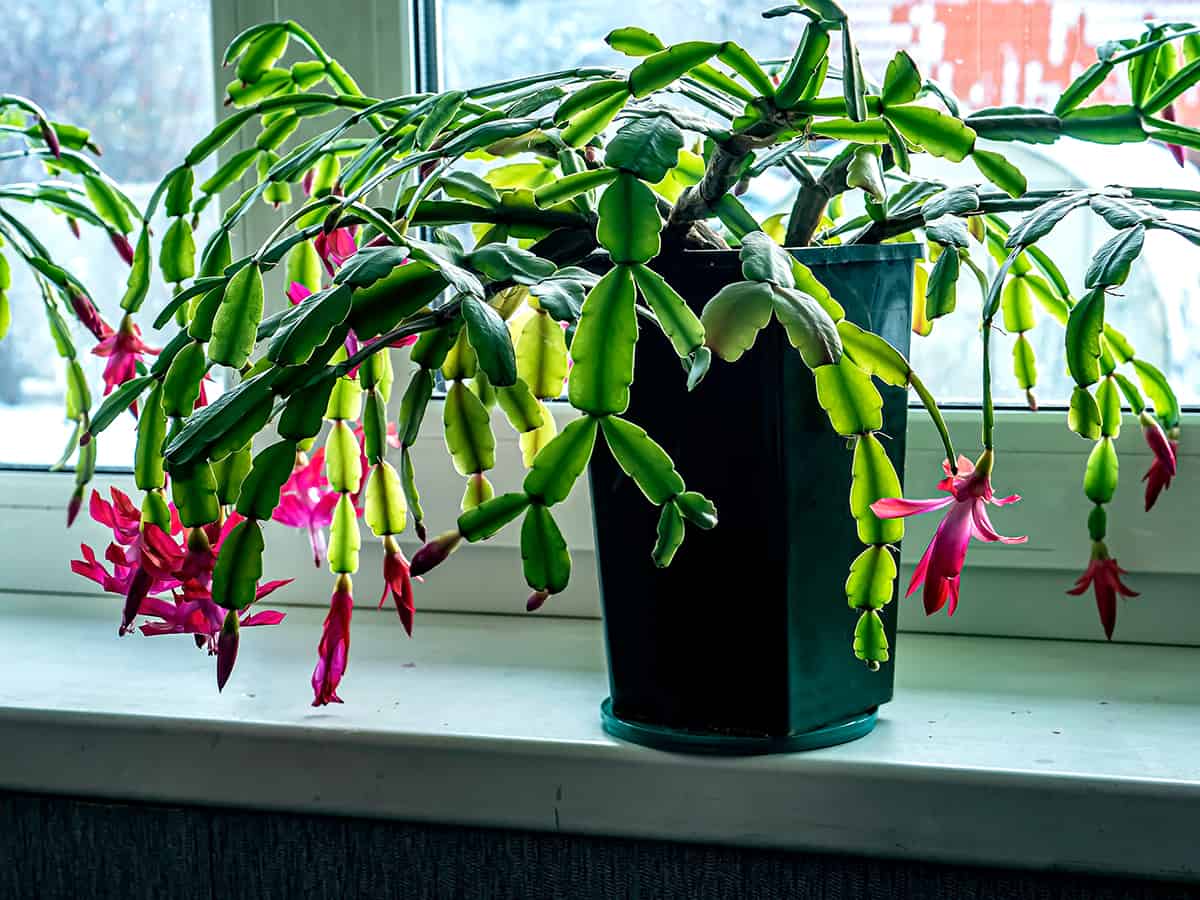
- Botanical name: Schlumbergera bridgesii
- Common names: Christmas Cactus, Holiday Cactus, Crab Cactus, Thanksgiving Cactus
- Plant family: Cactaceae
- USDA hardiness zone: 11+
- Mature height: 1 foot
- Mature spread: 2 foot
The Christmas Cactus is native to Brazil, where it thrives in humid conditions in shady areas. It flowers throughout the winter and is commonly gifted during the holidays, giving rise to its common name. The Christmas Cactus prefers to be rootbound, and it will struggle to produce flowers when it isn’t.
It should not need to be re-potted more frequently than every four years. Although these plants grow best when rootbound, there will come a point when being rootbound begins to cause health issues. A good indicator that a Christmas Cactus needs to be re-potted is when it starts to become droopy, and a generous watering does not perk it up. This is the point that you should re-pot the plant.
Spider Plants
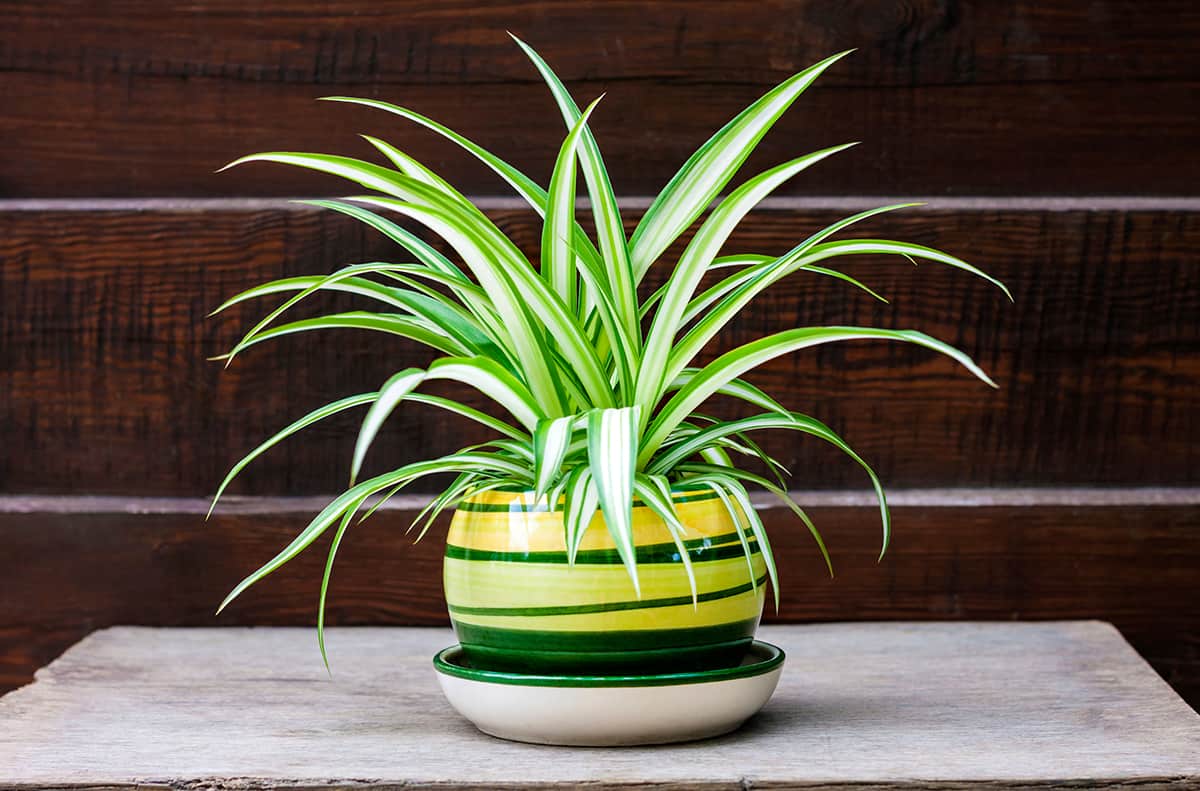
- Botanical name: Chlorophytum comosum
- Common names: Spider Plant, Spider Ivy, Ribbon Plant
- Plant family: Asparagaceae
- USDA hardiness zone: 9 – 11
- Mature height: 16 inches
- Mature spread: 12 inches
Spider plants are native to South Africa, but are very common as houseplants worldwide. Their long ribbon-like leaves can grow to around 2 feet long and be solid green in color or variegated to give the effect of stripes. One of the best things about keeping a Spider Plant as a houseplant is watching it send out pups.
The plant will produce little baby spider plants at the end of a stem, and these can then be removed and planted into their own soil and grown as separate plants. Unfortunately, Spider Plants will struggle to produce these babies unless they are rootbound.
This means that although the plant itself isn’t especially fond of being rootbound, you will need to avoid re-potting it too often if you want it to produce babies. Fortunately, the root systems of Spider Plants develop very quickly, so they can become rootbound and need re-potting every spring.
